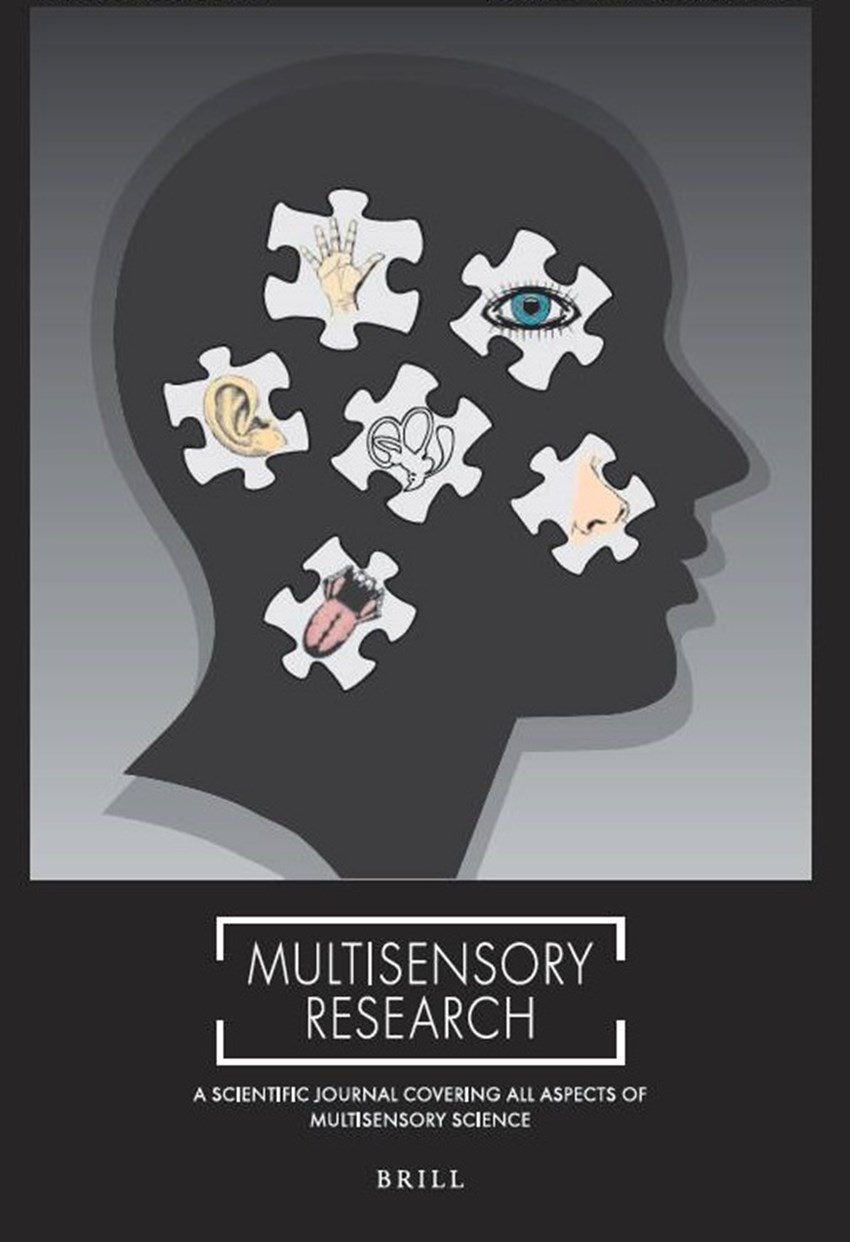While navigating through the surroundings, we constantly rely on inertial vestibular signals for self-motion along with visual and acoustic spatial references from the environment. However, the interaction between inertial cues and environmental spatial references is not yet fully understood. To address this, Elisa Ferrè, principal investigator of research project 41/20 - Luminous dancing fairies in weightlessness: How gravity shapes conscious experiences, supported by the BIAL Foundation, aimed to investigate the influence of environmental visual and auditory spatial references on vestibular self-motion. A Vestibular Self-Motion Detection Task was administered to twenty-six healthy participants in which they were asked to detect brief self-motion sensations induced by low-intensity Galvanic Vestibular Stimulation (GVS). Participants performed this task either with or without a visual or acoustic spatial reference positioned directly in front of them. Results showed that the visual spatial reference increased sensitivity to detect vestibular self-motion. Conversely, the acoustic spatial reference did not influence self-motion sensitivity. This seems to suggest a specific interaction between visual and vestibular systems in self-motion perception. More information available in the paper Spatial Sensory References for Vestibular Self-Motion Perception published in the journal Multisensory Research.
ABSTRACT
While navigating through the surroundings, we constantly rely on inertial vestibular signals for self-motion along with visual and acoustic spatial references from the environment. However, the interaction between inertial cues and environmental spatial references is not yet fully understood. Here we investigated whether vestibular self-motion sensitivity is influenced by sensory spatial references. Healthy participants were administered a Vestibular Self-Motion Detection Task in which they were asked to detect vestibular self-motion sensations induced by low-intensity Galvanic Vestibular Stimulation. Participants performed this detection task with or without an external visual or acoustic spatial reference placed directly in front of them. We computed the d prime (d’) as a measure of participants’ vestibular sensitivity and the criterion as an index of their response bias. Results showed that the visual spatial reference increased sensitivity to detect vestibular self-motion. Conversely, the acoustic spatial reference did not influence self-motion sensitivity. Both visual and auditory spatial references did not cause changes in response bias. Environmental visual spatial references provide relevant information to enhance our ability to perceive inertial self-motion cues, suggesting a specific interaction between visual and vestibular systems in self-motion perception.





































































